Please login or click here to join.
Forgot Password? Click Here to reset pasword
Gainsborough Old Hall is one of the largest and most outstanding surviving examples of a late medieval house in the country. It was built in 1484 by Lord de Burgh after the Lancastrians had wrecked his former home. The house has a fascinating history, with many Royal connections. Here, Lord de Burgh received Richard III, and in 1509 the house was visited by Henry VIII, and in 1540 it became the place where the king was to meet Katherine Parr, widow of Lord de Burgh's eldest son Thomas, who was destined to be Henry VIII's last wife.
The last of the de Burgh family to reside at the Old Hall was Thomas de Burgh, he was Queen Elizabeth I's ambassador to Scotland and Lord Deputy in Ireland. It was his extravagance that forced the sale of the family seat in 1597, a year later he was dead, but the Hickman family to whom he sold the property lived there until 1720 when they moved their family seat to Thonock.
From then on the old place experienced a very chequered history, it first became a parish church, a linen factory, a corn exchange, a mechanic's institute, it once more became a church, then tenements and shops. It also has a history as a theatre, soup kitchen, public house, ballroom, an auction room, and finally it became a Masonic Temple.
Through lack of desire to modernise the house, it was left to fall into disrepair, but somehow or other the kitchens survived as the best example of a medieval kitchen in the country. Much of the Great Hall survived, and the strong brick tower. In the Great Hall visitors can see the finest remaining single-arch braced roof and a most beautiful stone oriel window.
There is nothing of the earlier 13th century fortifications, with the exterior presenting an attractive black and white timber-frame manor house set around a pretty garden in the heart of the town. It is delightfully restored and refurbished to appear much as it did when lived in by the de Burgh's, it is evocative of its Royal "hey-day" especially in the Great Hall, when if you listen carefully you swear you can hear the ribald laughter of Henry VIII.

in the county of Lincolnshire
(0.5 miles, 0.7 km)The lovely market town of Gainsborough flourishes along a sweep of the River Trent which opens up pleasant riverside walks revealing much of the areas flora and fauna as well as interesting pieces of modern sculpture...
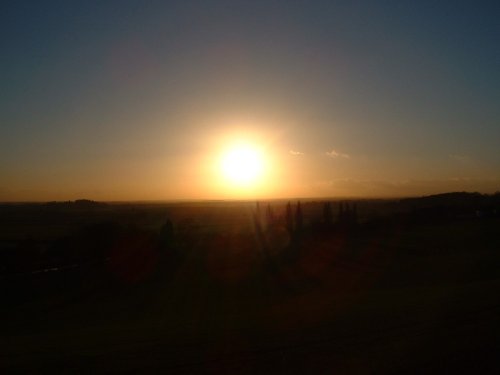
in the county of Nottinghamshire
(4.5 miles, 7.3 km, direction W)This charming hill-top village lies in spacious countryside close to the Chesterfield Canal. It shows an abundance of picturesque red-brick properties including out lying farms with ancient barns and dovecotes...
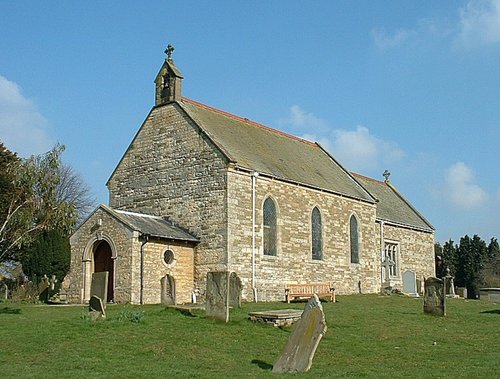
in the county of Lincolnshire
(9.5 miles, 15.2 km, direction SE)Ingham, from its earliest dawning's at the time of the Doomsday Book has enjoyed a tranquil existence. The village lies in a lovely area between Lincoln and Gainsborough, amidst some of the shire's most stunning scenery...

in the county of Lincolnshire
(13.1 miles, 21.1 km, direction SE)This is a large village lying around three miles from Lincoln which is fringed by the Fosdyke Navigation. Visitors will find a few shops, pubs and an interesting Anglican church...

in the county of Nottinghamshire
(15.3 miles, 24.6 km, direction SW)The dense spread of Worksop in Nottinghamshire meets with some seriously picturesque countryside, it is fortunate to be ringed by two rivers, the Clumber which borders Clumber Country Park, and the River Ryton...
All towns in Lincolnshire
..
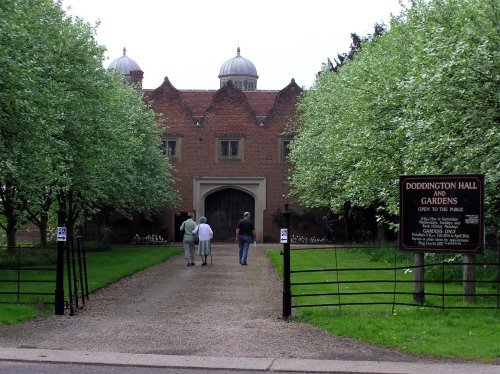
This is a superb, large Elizabethan house with a truly impressive roofline. It was built in around 1600 by Robert Smythson, with.....
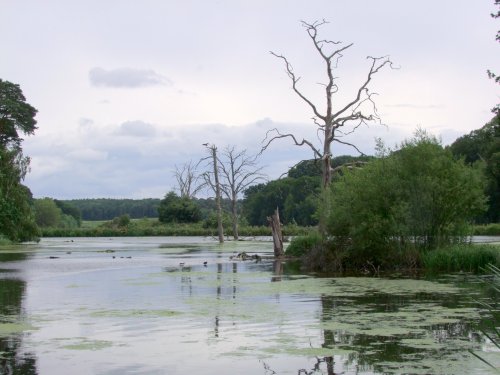
The peaceful landscape of this delightful country park gives visitors lovely summer memories of time spent ambling around.....
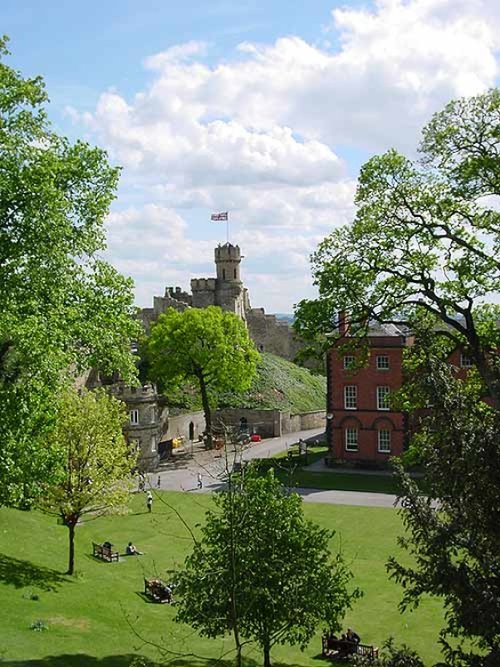
A fine Norman motte-and-bailey castle built in 1068 on the site of a former Roman fortress. It is interesting for its two.....
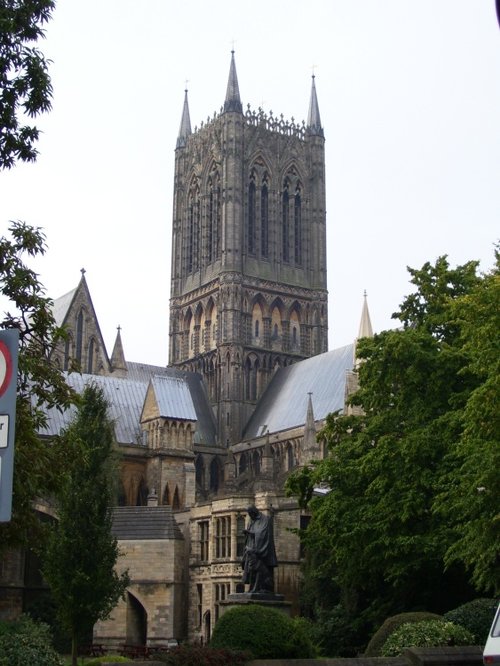
Looking at the West front of Lincoln's fine Cathedral Church of St.Mary, past the pageant of ancient buildings outside the castle.....